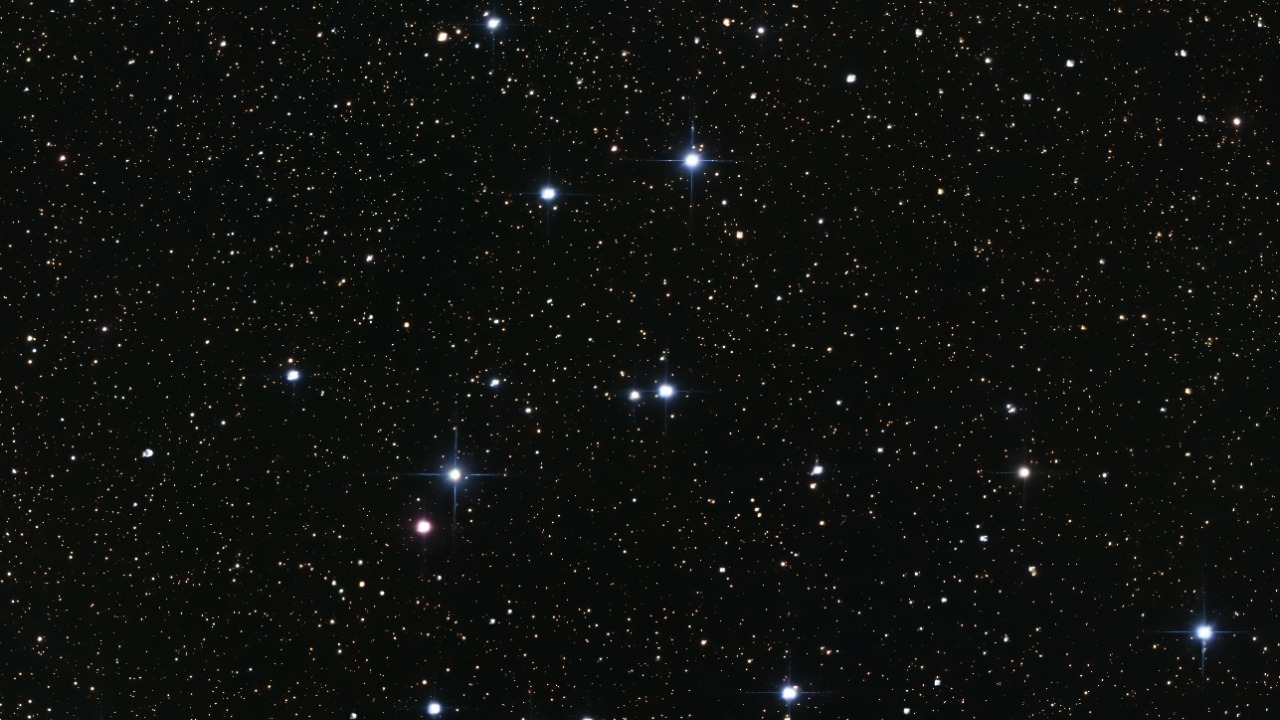
In a remarkable cosmic event observed on November 2, 2025, scientists had the rare opportunity to witness a dead star annihilating a planet in real time. This observation builds upon previous instances of similar phenomena, including a dying star consuming a planet in 2023 and the destruction of a dwarf planet by a dying star in 2015. These events provide invaluable insights into the final stages of stellar evolution and the ultimate fate of planetary bodies.
The Mechanics of Stellar Planetary Destruction
The process of a dying star destroying a planet is a complex and violent one. As a star reaches the end of its life cycle, it expands, often engulfing nearby planets. This was observed in 2023 when scientists watched a dying star swallow a planet whole. The gravitational forces of the star and the resulting tidal disruptions lead to the breakup of the planet before it is ultimately consumed.
These events are not just visually captivating but also provide a wealth of scientific data. For instance, the destruction of a dwarf planet by a dying star in 2015 offered insights into how gravitational forces and tidal disruptions lead to planetary breakup. Spectroscopic evidence of planetary material vaporizing and accreting onto the star was also observed during the 2025 event, further enhancing our understanding of these cosmic phenomena.
Historical Context of Similar Observations
The observation of a dying star destroying a planet is not a new phenomenon. In fact, the first documented case of such an event dates back to October 22, 2015, when a dying star was observed destroying a dwarf planet. However, the significance of the 2023 event lies in its real-time documentation, marking a significant milestone in our ability to observe and understand these cosmic events.
The 2025 observation of a dead star destroying a planet in real time was a culmination of years of theoretical models predicting such events. These models set the stage for the development of observational techniques that allowed scientists to capture these events as they unfolded, providing a wealth of data for further analysis and study.
Technological Advances Enabling Real-Time Viewing
The ability to observe these cosmic events in real time is largely due to advancements in telescope technology and observational methods. The 2025 event, for instance, was captured using an array of telescopes that allowed scientists to monitor the event as it unfolded. Infrared and optical spectroscopy, as used in the 2023 event, have also proven invaluable in detecting the stripping away of planetary atmospheres during these events.
Furthermore, the analysis of archival data from the 2015 dwarf planet destruction event, which relied on instrumentation upgrades made prior to 2015, provided post-event confirmation and further insights into these phenomena. These technological advancements have not only enabled real-time viewing but also enhanced our understanding of these cosmic events.
Implications for Planetary System Evolution
The observation of a dying star swallowing a planet in 2023 has significant implications for our understanding of the fate of solar systems, particularly those with Earth-like worlds. These observations provide insights into the end stages of stellar evolution and the potential fate of planets in such systems.
The 2015 dwarf planet event also offers insights into the survival of remnant bodies during the death phases of a star, until their eventual destruction. The 2025 real-time observation of a dead star destroying a planet further expands our understanding of cosmic patterns, including the rates of planetary engulfment in binary systems.
Analogies to Fictional Concepts Like the Death Star
The observed stellar destructions bear a striking resemblance to the concept of the Death Star from science fiction. In fact, a 2019 explanation proposed the creation of a real-life Death Star using stellar remnants. White dwarf stars, in particular, were theorized to mimic the Death Star’s energy output in destroying planets.
The dynamics of the dead star observed in the 2025 event align with the natural formation processes of a “Death Star”, albeit without any artificial intervention. These observations not only provide a fascinating link between science and fiction but also offer a unique perspective on the destructive power of natural cosmic phenomena.
Future Research Directions
Building on the 2025 observation, scientists plan to conduct follow-up observations to track similar destruction events. Enhanced monitoring for events like the 2023 planetary swallowing will help refine timelines of stellar evolution. Furthermore, integrating data from the 2015 dwarf planet event with upcoming missions could help in predictive modeling of planetary fates, providing a clearer picture of the cosmic life cycle.
More from MorningOverview